An essential part of any robust environmental sampling program is ensuring concise, representative samples. Without ensuring the quality of a sample, one can certainly not ensure the quality of a sampling program, or the quality of one's product.
One of the most popular methods of surface sampling used by our customers in the food industry are sponge samplers for larger areas (swabs being used most often for smaller and harder-to-reach areas). Often composed of cellulose or polyurethane, sponge samplers are everyday essentials for our food industry customers, that help proactively mitigate against environmental contamination concerns. Though a common, daily practice in a food processing facility, it is useful to occasionally revisit sampling techniques to ensure the best representative samples are being taken by employees.
So, if you haven't revisited your sampling best practices lately, here is what the CDC recommends for proper sampling with a cellulose sponge. Though, specifically cited in a piece regarding Bacillus anthracis, the following is a great model to consult with for sampling methodology, overall.
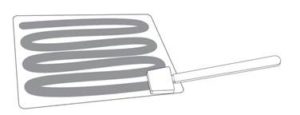
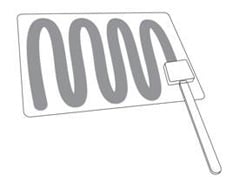
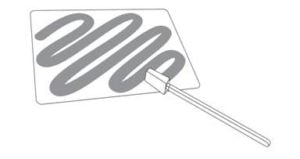
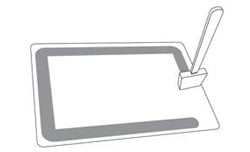
Nelson-Jameson offers a wide variety of environmental sampling supplies to help you keep your program in top order. You can check out our Environmental Testing Solutions flyer here. We also have a new collection of scrub samplers from 3M™ to peruse here, that feature a metal detectable stick and a 96 hour hold time. For more information on environmental sampling, contact one of our product specialists today!
Sources:
Centers for Disease Control and Prevention. (2012, January 30). CDC - Surface sampling procedures for Bacillus anthracis spores from smooth, non-porous surfaces - NIOSH Workplace Safety and Health Topic. Centers for Disease Control and Prevention. https://www.cdc.gov/niosh/topics/emres/surface-sampling-bacillus-anthracis.html#.
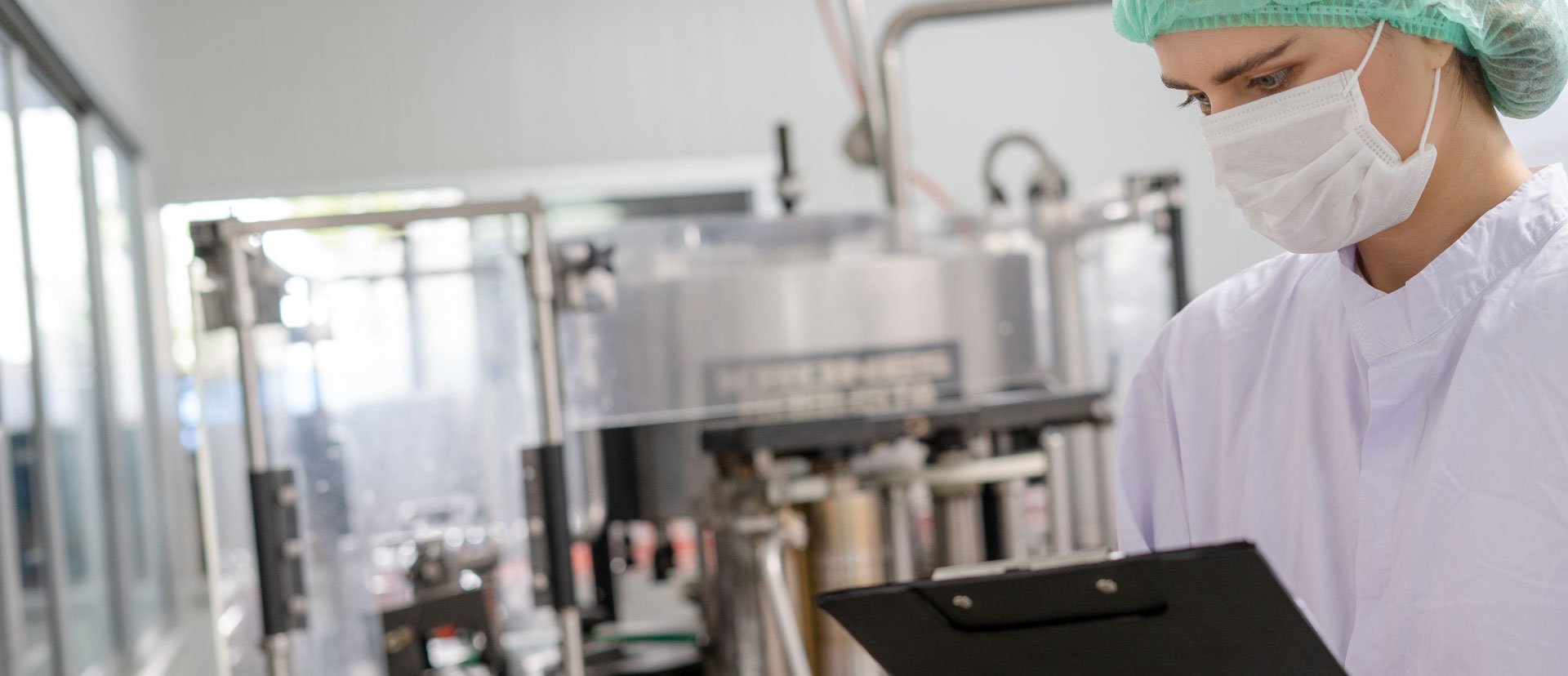
December 10, 2025
What is OSHA's Regional Emphasis Program (REP) for the food manufacturing industry? The OSHA Regional Em...
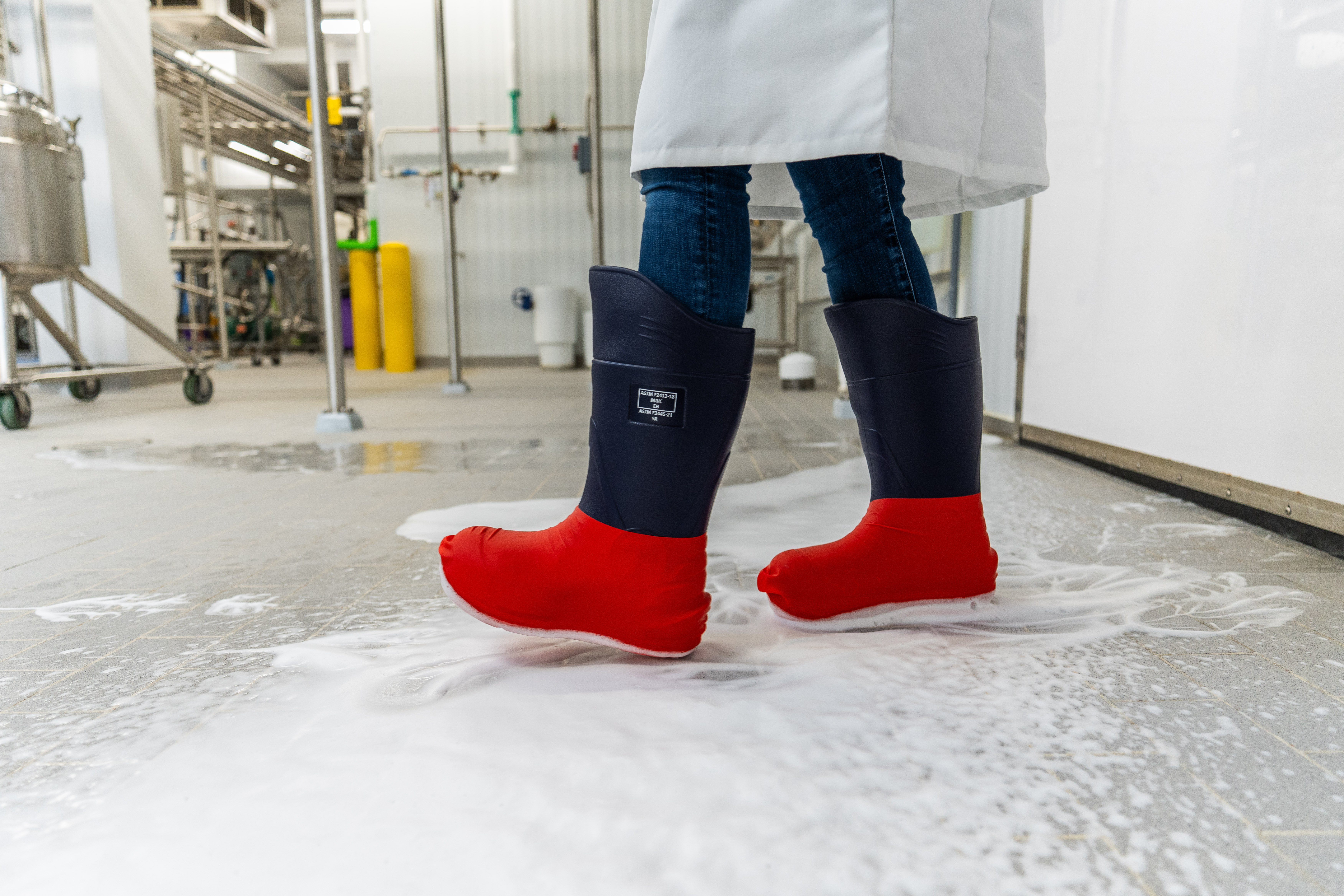
December 8, 2025
There is a fundamental connection between worker safety and food safety: A failure in worker safety can ...
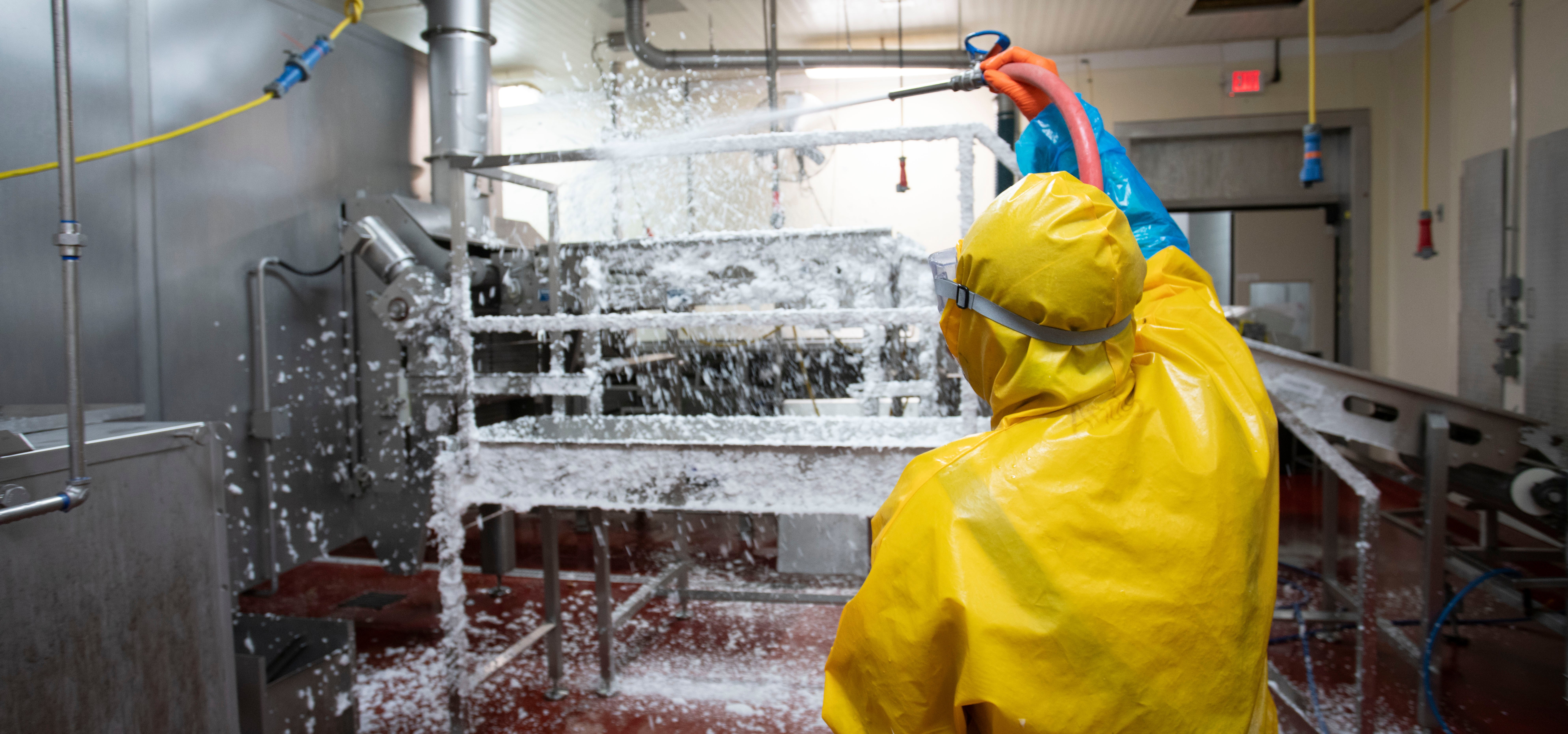
December 1, 2025
Nelson-Jameson understands that efficiency and worker safety are equally important goals in food manufac...
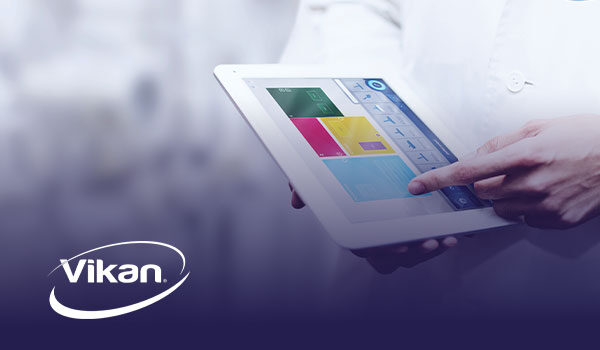
Recognize and address possible hygiene and sanitation challenges based on the cleaning and material handling equipment available in your facility.
Through a discovery call, virtual, or on-site assessment, Vikan SQF Practitioner certified specialists will assist in confirming that your system and cleaning tool inventory aligns with your risk management objectives while pinpointing any missing tools and enhancing maintenance and usage practices. Evaluate whether your existing tools are utilized in the most effective manner, or determine if a more suitable tool exists for the task at hand. Ensure that your tools comply with all relevant standards and regulatory requirements. Site evaluations encompass a summary survey, an overview of the location, a color-coded factory layout plan, product suggestions, a recommended order form, and a proposal for a follow-up survey.
Food Safety, Sanitation, Cleaning Tools, Color Coding
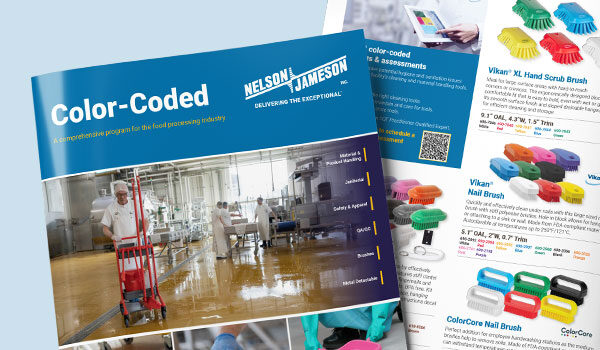
This is a comprehensive program for the food processing industry. Nelson-Jameson brings together the most extensive collection of color-coded products for material handling, product handling, janitorial, safety, apparel, QA/QC, and metal-detectable applications. With the right pieces, a color-coding system is a powerful tool in preventing cross-contamination of allergens and food-borne illnesses that can lead to sickness or expensive product recalls.

Food Safety, Sanitation, Cleaning Tools, Color Coding
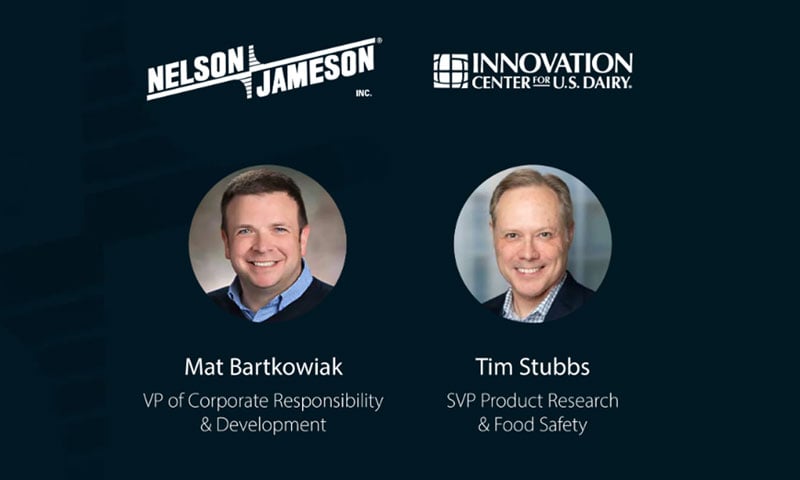
Food Safety
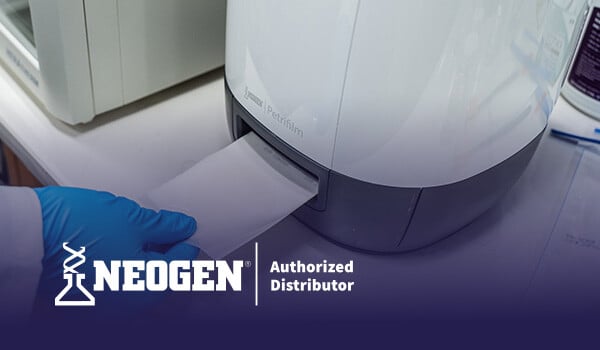
Get Petrifilm Certified through our complimentary immersive workshop for managers, personnel, and teams. The workshop offers practical knowledge through hands-on training and networking with industry professionals and experts. Attendees gain an in-depth understanding of Petrifilm technology and valuable insights into effective environmental monitoring practices. Participants leave with a certification and a wealth of resources that can significantly contribute to elevating their plant's quality control standards.
Food Safety, Sanitation, Laboratory